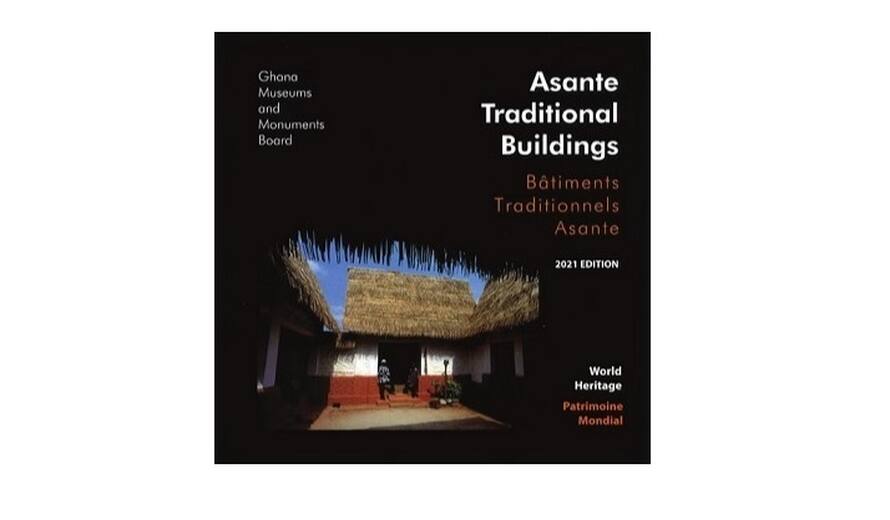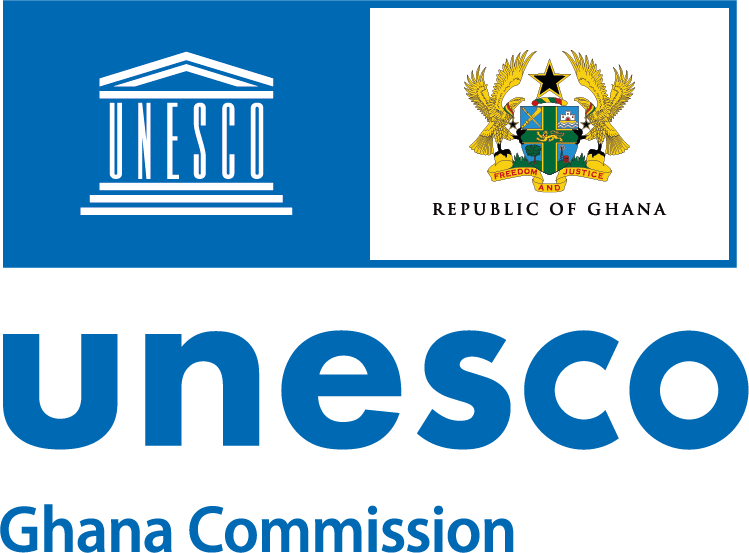- Login to ASPnet | Ghana Commission for UNESCO | Government Agency Responsible for the coordination of Ghana's contributions to and presence at UNESCO
New edition of Asante Traditional Buildings publication aims to promote sustainable heritage tourism

As part of the Sankofa Project, sponsored by the French Embassy in Kumasi, Ghana – the revision and 2021 edition of Asante Traditional Buildings has been published.
The revised publication aims to regenerate interest in the traditional architecture found at the Asante Traditional Buildings (Ghana) UNESCO World Heritage site and motivate students and researchers towards sustainable development.
It was published initially under the Africa 2009 programme, which aimed to improve the state of conservation of immovable cultural heritage in sub-Saharan Africa through the development of a training strategy designed to increase knowledge and awareness of heritage and create skills for its preservation. Its republication under the Sankofa project, aims to strengthen the skills of heritage professionals and to support Ghana in promoting sustainable heritage tourism.
The Sankofa project has three components:
- strengthen the skills and initial training in the heritage, tourism and hospitality sector,
- participate in the creation of development conditions of sustainable heritage tourism (advocacy, support to civil society organizations, training of professionals, development of museums’ resources).
- Project management
UNESCO is collaborating with the French Embassy on the component most relevant to World Heritage sites which includes: awareness raising on the Asante Traditional Buildings and on-going labelling of all World Heritage sites in Ghana with correct signage.
The revised publication includes new forewords by the Acting Executive Director of the Ghana Museums and Monuments Board (GMMB) Ivor Agyeman-Duah, UNESCO Representative to Ghana Abdourahamane Diallo and the French Ambassador to Ghana H.E. Anne Sophie Avé. It also includes an epilogue by GMMB with new findings since the last publication.
The Asante Traditional Buildings near Kumasi in central Ghana were inscribed on the UNESCO World Heritage List in 1980 for their Outstanding Universal Value under Criterion (V) corresponding to the buildings being the last remaining testimony of the unique architectural style of the great Asante Kingdom as well as the traditional motifs of its rich bas-relief decoration which are filled with symbolic meaning. The Asante Kingdom was known for transmitting its culture through Adinkra symbols carved in sacred areas, rather than through writings in scriptures. These designs have deep symbolic and philosophical meanings, reflecting the ideas and values of the Asante people, and have been passed down from generation to generation. The integrity of the heritage site is threatened by impacts of climatic, geological and other environmental factors. This includes the deterioration of the fabric due to the warm and humid tropical climate that is damaging to traditional earth and wattle-and-daub buildings. To this day, the Asante shrines are used for consultations with the deities to seek advice before making important decisions which reinforce a complex and intricate technical, religious and spiritual heritage.
This booklet serves as a reminder of their importance to our lives, identities, and communities as well as future generations and it also contributes to the 2021 AU Year of Arts, Culture and Heritage.
Read the publication here:
https://whc.unesco.org/uploads/news/documents/news-2348-2.pdf
